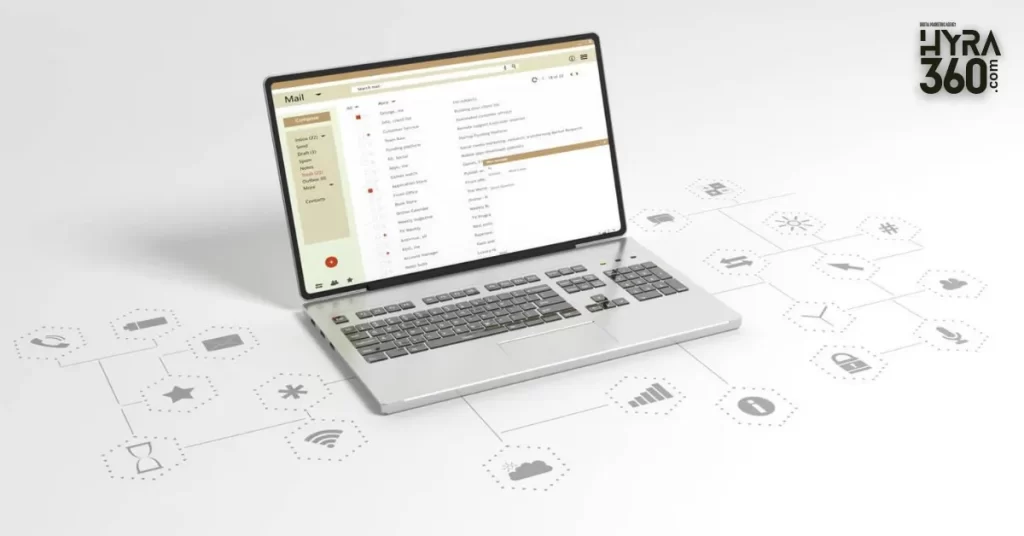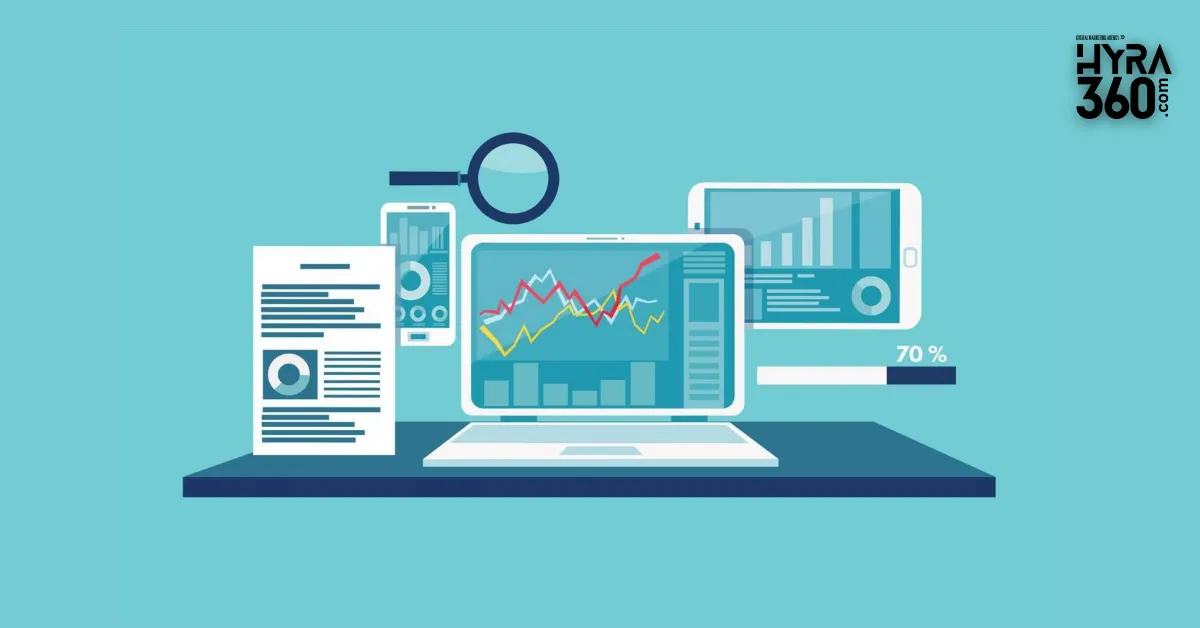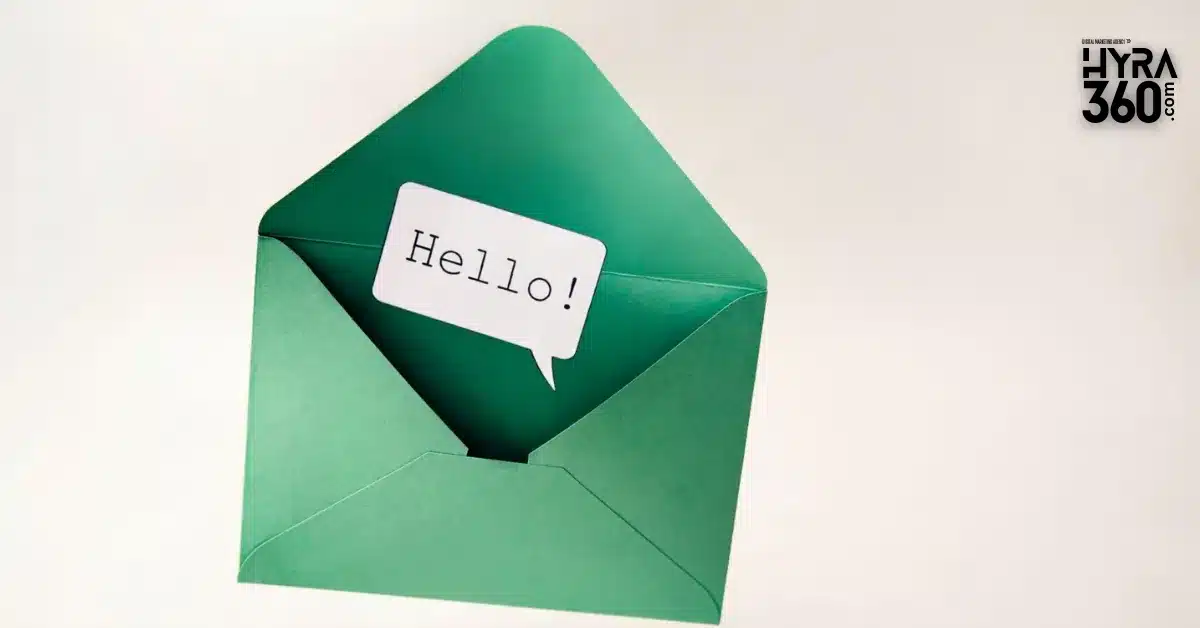Email marketing is a powerful tool for real estate agents to connect with potential buyers and sellers. However, with the increasing amount of emails people receive every day, it’s important to make sure your emails stand out. One way to do this is through email personalization. In this comprehensive guide, we’ll cover everything you need to know about email marketing personalization techniques in real estate.
On this page
Introduction
Email personalization is the process of tailoring your emails to individual subscribers based on their interests, behaviors, and preferences. Personalized emails have been shown to increase engagement, enhance customer experience, improve conversion rates, and lead to higher ROI
In this guide, we’ll explore the various email personalization techniques that real estate agents can use to improve their email marketing campaigns.
II. Understanding Email Personalization
Before diving into the techniques, it’s important to understand what email personalization is and why it’s important. Email personalization is the process of using data to create unique emails for each person on your email list. It’s more than just addressing the recipient by name; it’s about offering relevant content and timely messages that appeal to each individual on your list.
Personalized emails have been shown to increase open rates, click-through rates, and revenue. Email personalization is the process of using data to create unique emails for each person on your email list. It’s more than just addressing the recipient by name; it’s about offering relevant content and timely messages that appeal to each individual on your lisT.
Elements to Personalize in an Email
There are several elements of an email that can be personalized to improve engagement and conversion rates. These include:
A. Subject Lines
Subject lines are the first thing a recipient sees when they receive an email. Personalizing subject lines can increase open rates and improve engagement. For example, including the recipient’s name or location in the subject line can make the email feel more relevant and personalized.
B. Preview Text
Preview text is the short summary that appears below the subject line in some email clients. Personalizing preview text can help entice recipients to open the email by providing a brief overview of what’s inside.
C. Body Content
The body of the email is where you can provide more detailed information and personalized content. This can include information about properties that match the recipient’s preferences, recent market trends, or personalized recommendations based on their browsing history.
D. Images and Videos
Including personalized images and videos can help make the email feel more engaging and relevant to the recipient. For example, including images of properties that match the recipient’s preferences can help them visualize themselves in the space.
E. Offers
Personalized offers can help entice recipients to take action. For example, offering a discount on a property that matches the recipient’s preferences can help encourage them to schedule a viewing.
F. Timings
Personalizing the timing of emails can help improve engagement and conversion rates. For example, sending emails at a time when the recipient is most likely to be checking their inbox can increase the chances of the email being opened and read.
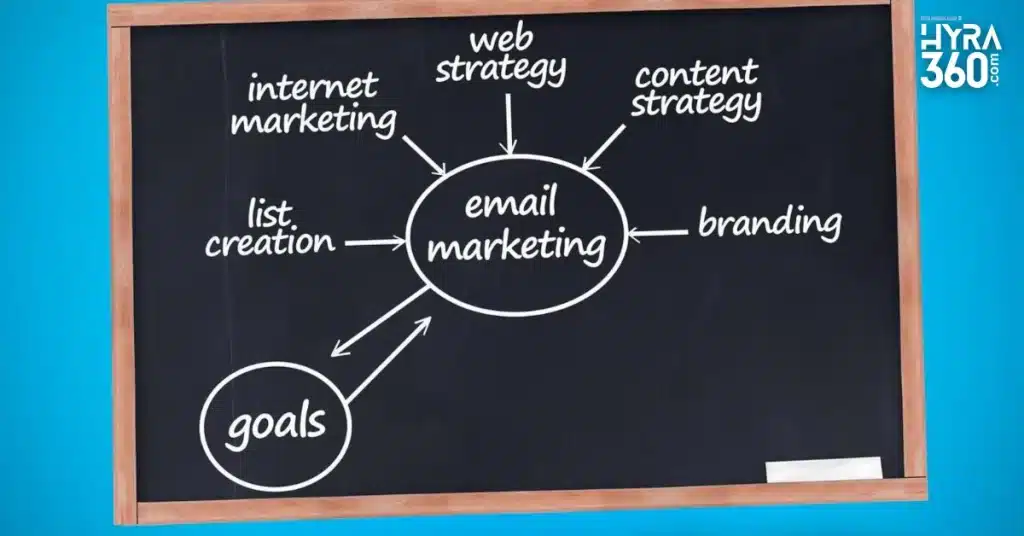
III. Segmentation and Personalization Techniques
Segmentation is the process of dividing your email list into smaller groups based on specific criteria, such as demographics, behavior, or interests. Segmentation allows you to produce relevant, targeted, and personalized emails that resonate with your subscribers. Here are some segmentation and personalization techniques that real estate agents can use:
A. Segment Your Audience
Segmentation is one of the biggest things to happen to email marketing since it was invented. Breaking down your email lists allows you to produce relevant, targeted, and personalized emails. Delve deeper into your customers’ buyer behavior and segment based on buying frequency, purchase cycle, change in content engagement level, and customers who refer to your business
B. Personalize Your Sender Details
Personalizing your sender details can help humanize your emails and make them more engaging. You can personalize your sender details by using the sender’s name, photo, or signature. HubSpot’s success with sender personalization has shown that personalized sender details can increase open rates and click-through rates
C. Product Recommendations
Product recommendations are a great way to personalize your emails and offer relevant content to your subscribers. Effective product recommendation strategies include using purchase history, browsing history, and customer behavior to suggest products that your subscribers are likely to be interested in. Amazon’s success in product recommendations has shown that personalized recommendations can lead to higher conversion rates
D. Special Offers
Special offers are a great way to incentivize your subscribers to take action. Using segmented data for special offers can help you target the right subscribers with the right offer. Special offers can be used to promote new listings, open houses, or other events. They can also be used to reward loyal customers or encourage repeat business
E. Behavioral Triggering
Behavioral triggering is the process of sending automated emails based on specific actions or behaviors that your subscribers take. For example, you can send a welcome email to new subscribers, a follow-up email to subscribers who have opened your previous emails, or a re-engagement email to subscribers who haven’t opened your emails in a while. Behavioral triggering can help you stay top of mind with your subscribers and increase engagement
F. Milestone Emails
Milestone emails are emails that are sent to subscribers to celebrate a specific milestone, such as a birthday, anniversary, or move-in date. Milestone emails can help you build stronger relationships with your subscribers and show that you care about their personal milestones. Personalized milestone emails can also lead to higher retention rates
G. Re-engagement Emails
Re-engagement emails are emails that are sent to subscribers who haven’t opened your emails in a while. Re-engagement emails can help you win back subscribers who may have lost interest in your emails. Strategies for re-engaging subscribers include offering a special promotion, asking for feedback, or simply reminding them of the value of your emails
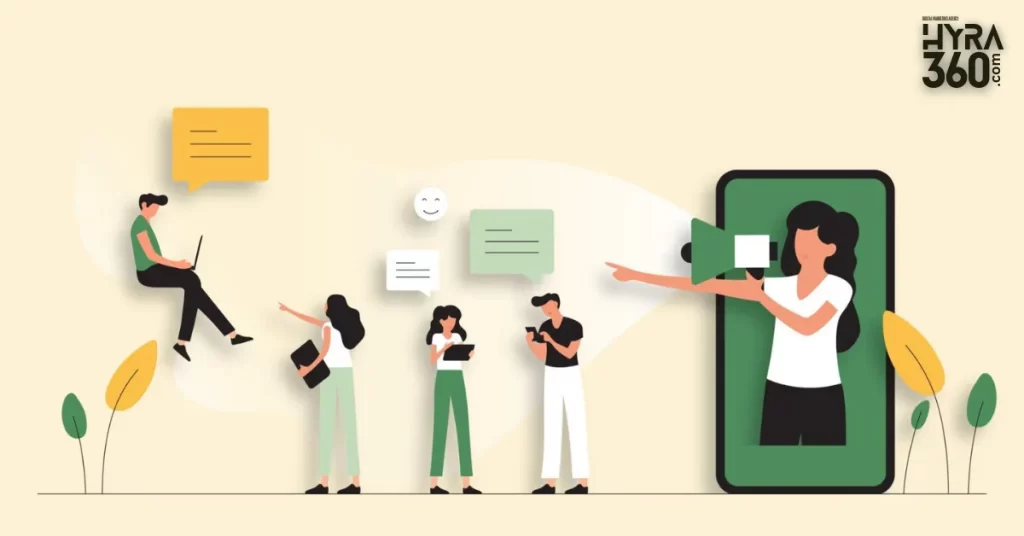
IV. Elements to Personalize in Real Estate Emails
In addition to the techniques above, there are several elements of your emails that you can personalize to make them more engaging and relevant to your subscribers. These elements include:
A. Subject Lines, Preview Text, and Body Content
Personalizing your subject lines, preview text, and body content can help you grab your subscribers’ attention and make them more likely to open and engage with your emails. You can personalize your content by using the subscriber’s name, location, or other relevant information.
B. Visual Content: Images and Videos
Visual content can help make your emails more engaging and memorable. You can personalize your visual content by using images and videos that are relevant to your subscribers’ interests or behaviors.
C. Offers, Timings, and Dynamic Content
Personalizing your offers, timings, and dynamic content can help you target the right subscribers with the right message at the right time. You can use segmented data to offer personalized promotions, send emails at the optimal time for each subscriber, and use dynamic content to show different content to different subscribers based on their interests or behaviors.
D. Importance of Well-Formatted and Visually Appealing Emails
Well-formatted and visually appealing emails can help you stand out in your subscribers’ inboxes and make them more likely to engage with your content. Make sure your emails are easy to read, visually appealing, and mobile-friendly.
V. Steps to Ensure Effective Email Personalization
To ensure effective email personalization, you need to collect the right data, use the right tools, and follow best practices. Here are some steps you can take to ensure effective email personalization:
A. Collecting the Right Data for Personalization
Collecting the right data is essential for effective email personalization. You can collect data through sign-up forms, integrations, and preference centers. Make sure you’re collecting data that is relevant to your subscribers’ interests, behaviors, and preferences.
B. Leveraging Behavior-Triggered Emails
Behavior-triggered emails can help you stay top of mind with your subscribers and increase engagement. Use behavior-triggered emails to send welcome emails, follow-up emails, and re-engagement emails.
C. Utilizing Subscriber Tags and Dynamic Content
Subscriber tags and dynamic content can help you target the right subscribers with the right message at the right time. Use subscriber tags to segment your email list and use dynamic content to show different content to different subscribers based on their interests or behaviors.
D. Building Customer Personas and Using Location Data
Building customer personas and using location data can help you personalize your emails based on your subscribers’ interests, behaviors, and preferences. Use customer personas to create targeted content and use location data to send emails at the optimal time for each subscriber.
E. Personalizing Your Brand and Adding a Sense of Urgency
Personalizing your brand and adding a sense of urgency can help you stand out in your subscribers’ inboxes and make them more likely to engage with your content. Use personalized branding to make your emails more memorable and use urgency to
Email personalization is a winning tactic for anyone trying to engage more customers, grow their revenue, and succeed with email marketing. Recent studies and surveys reveal that personalization impacts buying behavior positively. 80% of consumers are most likely to purchase from you if you engage in personalized advertising or marketing
Personalization is a powerful marketing tactic that significantly benefits a business owner. Here are some statistics in support of email personalization: 90% of marketers believe personalization contributes significantly to profitability; 96% of businesses revealed that personalization improves email marketing success; Personalization lowers the cost of acquisition by up to 50%, improves marketing spending efficiency by 10-30%, and boosts revenues by 5-15%
Importance of Email Personalization
Email personalization is the process of making each email more relevant to a specific person based on data like name, location, age, gender, preferences, behaviors, and more. Personalization helps contextualize your emails to cater to specific pain points and send relevant communications for maximum engagement and results. Personalization requires making the right decision at every stage of the customer journey. This means delivering the right content at the right time to the right audience. Email personalization involves using available customer data to send contextual emails at every stage of the buying journey — sending relevant content and offers that resonate with the audience
Leveraging Personalization in Email Marketing Campaigns
To leverage personalization in your email marketing campaigns, it’s essential to collect audience data with subscriber forms and implement segmentation. Segmentation is certainly one of the most powerful ways to personalize your emails, as it allows you to move beyond general messaging to all your subscribers and send specific, persuasive messages to only the subscribers who are relevant. You can also get creative and make as many segments as makes sense for your business’ audience. Implementing dynamic content is another effective strategy for personalizing your emails. Dynamic content allows you to show different content to different subscribers based on their interests or behaviors
Email Personalization Techniques
Segmentation is one of the biggest things to happen to email marketing since it was invented. Breaking down your email lists allows you to produce relevant, targeted, and personalized emails. Personalized email marketing creates better, more positive experiences for your customers. By delivering content that is specifically relevant to each recipient, businesses show they understand their customers on an individual level. Improved Conversion Rates. However, like any other area of marketing, email personalization has its limitations. For example, some techniques, like customer recommendations, may not work for everyone. You can also over-personalize and sound too familiar, which can, frankly, freak people out. Stick to critical areas, which we detail later. Now you’ve got a picture of email personalization and its benefits, let’s discuss my 15 best practices to ensure you’re personalizing emails effectively
Email Marketing Personalization Techniques
If you want to start personalizing your email marketing, here are 7 email personalization techniques using which your business can start doing it effectively:
- Segment your audience
- Personalize Your Sender Details
- Product Recommendations
- Special Offers
- Behavioral Triggering
- Milestone Emails
- Re-engagement Emails
In conclusion, email personalization is a powerful strategy that significantly benefits businesses. By leveraging personalization in email marketing campaigns and implementing effective personalization techniques, businesses can create better, more positive experiences for their customers, leading to improved engagement, conversion rates.
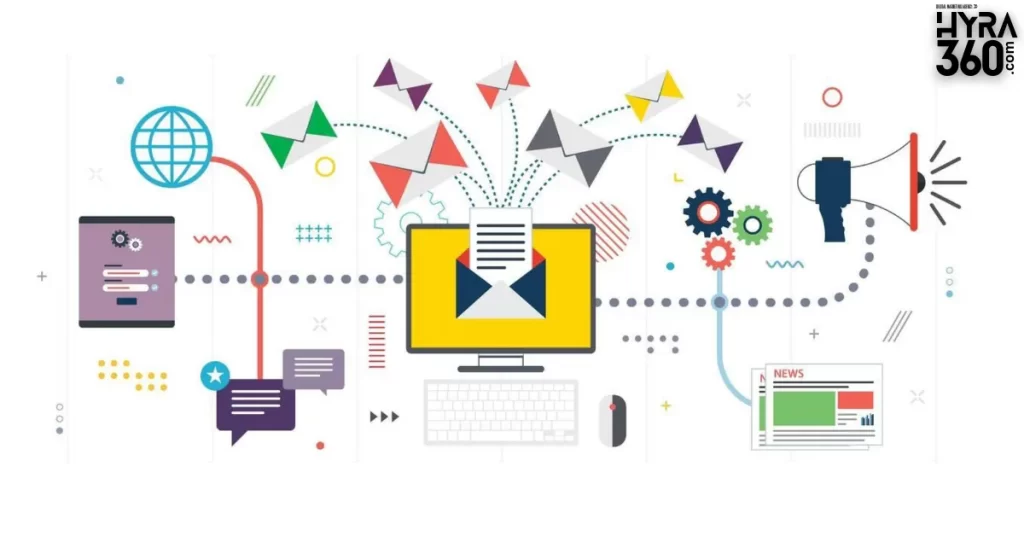
VI. Measuring and Optimizing Email Personalization
Measuring and optimizing email personalization is crucial for understanding the impact of personalized emails on key performance indicators (KPIs) and improving the overall strategy for better results. Here are some insights and tips for measuring and optimizing email personalization based on the search results:
A. Importance of Tracking and Analyzing Email Performance
Measuring the impact of email personalization on KPIs is essential for understanding the effectiveness of personalized emails. It’s important to define the desired outcomes of email personalization, such as increasing open rates, click-through rates, sales, retention, or referrals. Depending on the goals, the right KPIs need to be tracked and benchmarked for performance. Tools such as A/B testing, multivariate testing, and analytics can be used to compare the results of different email personalization tactics and identify the most effective strategies for achieving KPIs
B. Key Performance Indicators (KPIs) for Email Personalization
Key performance indicators (KPIs) for email personalization may include metrics such as open rates, click-through rates, conversion rates, revenue per email, average order value, and retention rates. These KPIs help in evaluating the impact of email personalization on engagement, conversions, and revenue generation. Tracking and analyzing these KPIs provide valuable insights into the effectiveness of personalized email campaigns
C. Tips for Optimizing Email Personalization Based on Results
Optimizing email personalization based on results involves testing and refining email campaigns regularly. A/B testing, multivariate testing, and analytics can be used to compare the performance of different email personalization tactics and identify the most effective strategies for achieving KPIs. Additionally, feedback surveys, polls, and reviews can provide insights into subscribers’ preferences and satisfaction with email personalization. Monitoring and reporting email personalization results using dashboards, reports, and metrics is crucial for evaluating progress and success. Benchmarking against industry standards and best practices can also provide valuable insights for optimizing email personalization strategies
Summary
Email personalization plays a pivotal role in real estate marketing, offering a powerful means to engage potential buyers and sellers effectively. The power of personalization in customizing emails for real estate clients cannot be overstated. Personalized emails generate better feedback from customers, increase conversion rates, and improve income
The statistics supporting email personalization are compelling. Studies reveal that personalization positively impacts buying behavior, with 80% of consumers more likely to make a purchase from businesses engaging in personalized marketing. Furthermore, 90% of marketers believe that personalization significantly contributes to profitability, while 96% of businesses have reported that personalization improves email marketing success.
Companies that invest in personalization earn 40% more. In the real estate industry, personalized content is a key aspect of email marketing. It creates a more personalized experience for prospective customers and clients, leading to improved engagement and conversion rates. Segmentation and personalization of real estate emails are crucial for success, allowing realtors to target and engage potential buyers effectively



